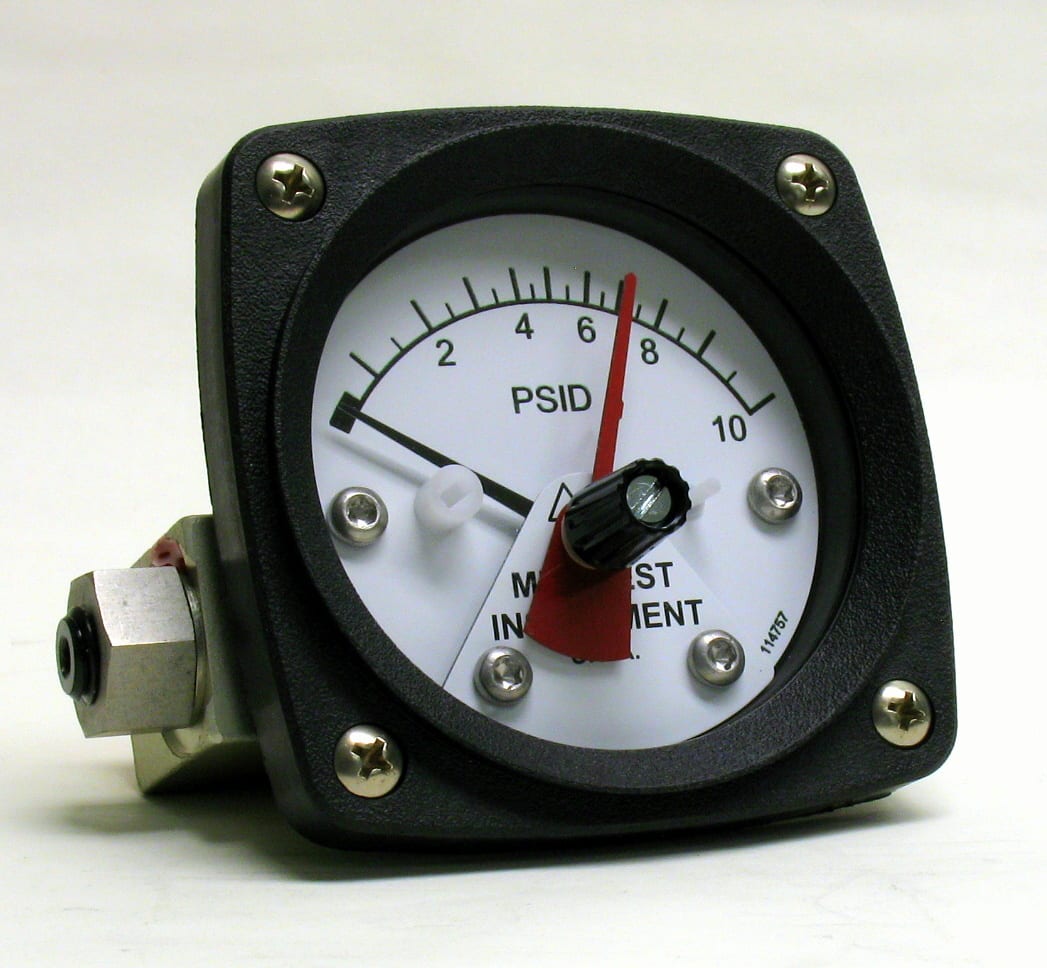
What is Differential Pressure in a Heat Exchanger?
“Differential pressure” represents the difference in pressure between two points. Measuring differential pressure is a simple matter of comparing two separate pressure sources and noting the difference between them. For example, if pipe A flows at 100 psi and pipe B flows at 30 psi, the differential pressure is 70 psi.
What is Pressure Drop in a Heat Exchanger?
One of the most popular types of heat exchanger is called ‘shell and tube’, so named because it consists of metal ‘tubes’ passing through a metal enclosure known as the ‘shell’. Because each of these components houses a fluid, a pressure drop is possible in either. For example:
Pressure Drop–Shell
Baffles are commonly used in the shell, and they can cause the shell’s fluid to go across the tubes. This creates the ‘cross flow’ conditions that promote the overall heat transfer. However, the shell’s fluid must overcome an obstacle known as the ‘tube bundle’, which causes turbulence and excess pressure loss in the shell. Sometimes this turbulence is preferred–for example, many engineers prefer placing a more viscous fluid in the shell because the turbulence helps generate a better heat transfer coefficient.
Pressure Drop–Tube
Unlike in the shell, the tube’s fluid is much stabler and thus generates only minimal pressure drop. In fact, the overall tube-side flow is divided into several smaller tubes, which means that any pressure drop on the tube side is easily manageable by simply changing the tube size or increasing/decreasing the number of tubes.
How do You Calculate Pressure Drop in a Heat Exchanger?
Pressure drop across a shell and tube heat exchanger is mainly a function of the heat exchanger’s structure and the shell and tube arrangement. When designing a new shell and tube exchanger, there are several common pressure drop calculations you can run to verify that your preferred design satisfies the requirements of allowable pressure drop across the exchanger. Alternatively, if the design has already been finalized, you can change the design parameters to fine-tune the pressure drop. For example:
- To lower the pressure drop on the shell side, try increasing the baffle spacing. This will lower the heat transfer rate, but make sure to closely monitor how this changes the overall heat transfer rate.
- If you’re allowable pressure drop for one fluid is extremely limited, consider putting that fluid on the tube side. This is an effective solution as long as the shell-side fluid is clean and non-corrosive.
- To alleviate excess pressure drop on the tube side, try increasing the tube size or adding more tubes.
For More Information, Contact Us Today
Designing the right heat exchanger and accurately measuring differential pressure drops can seem daunting, but Mid-West Instrument has the products and expertise to make the job easy. Contact us today and we’ll be happy to support all of your engineering needs in the Midwest.

